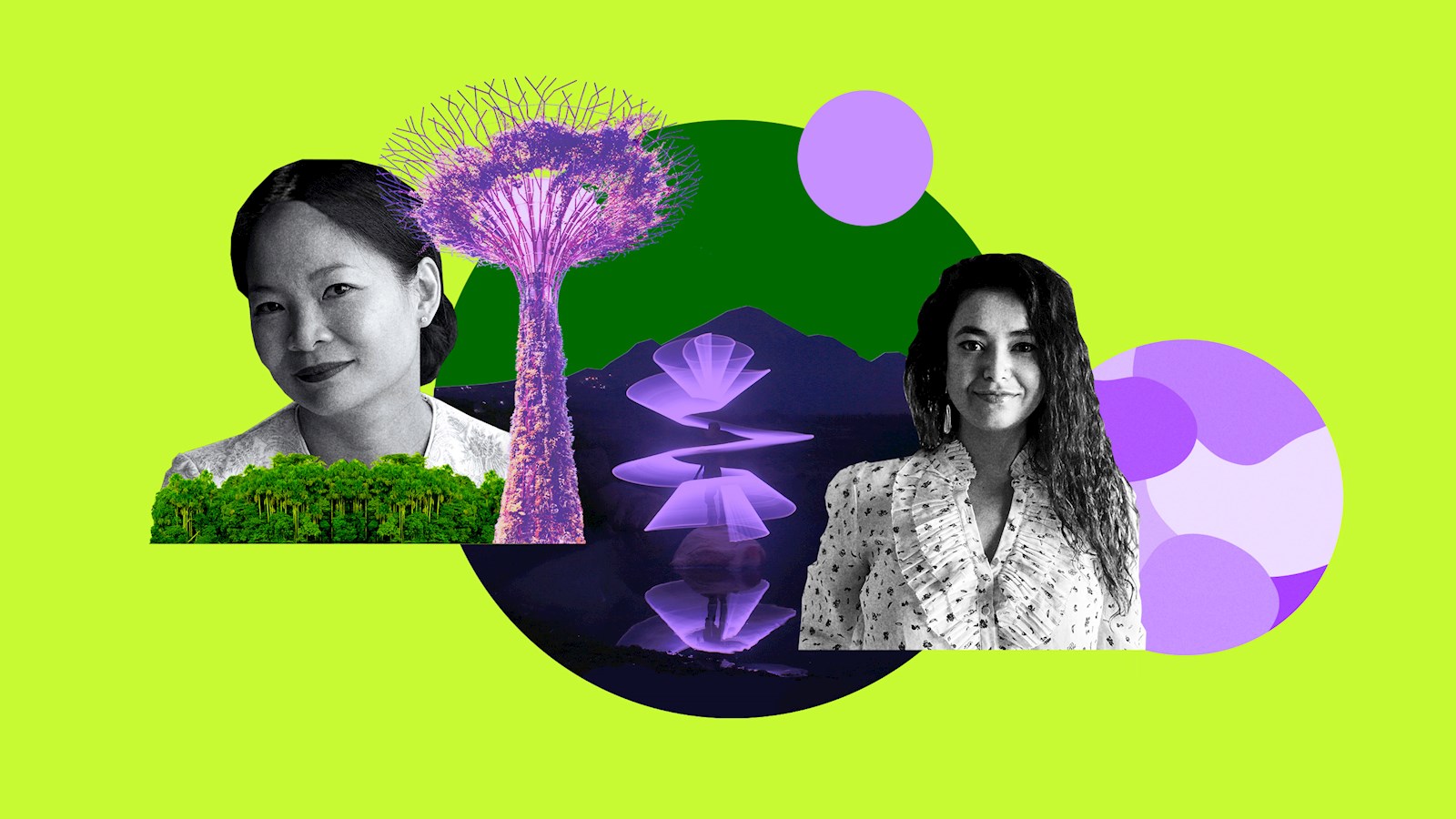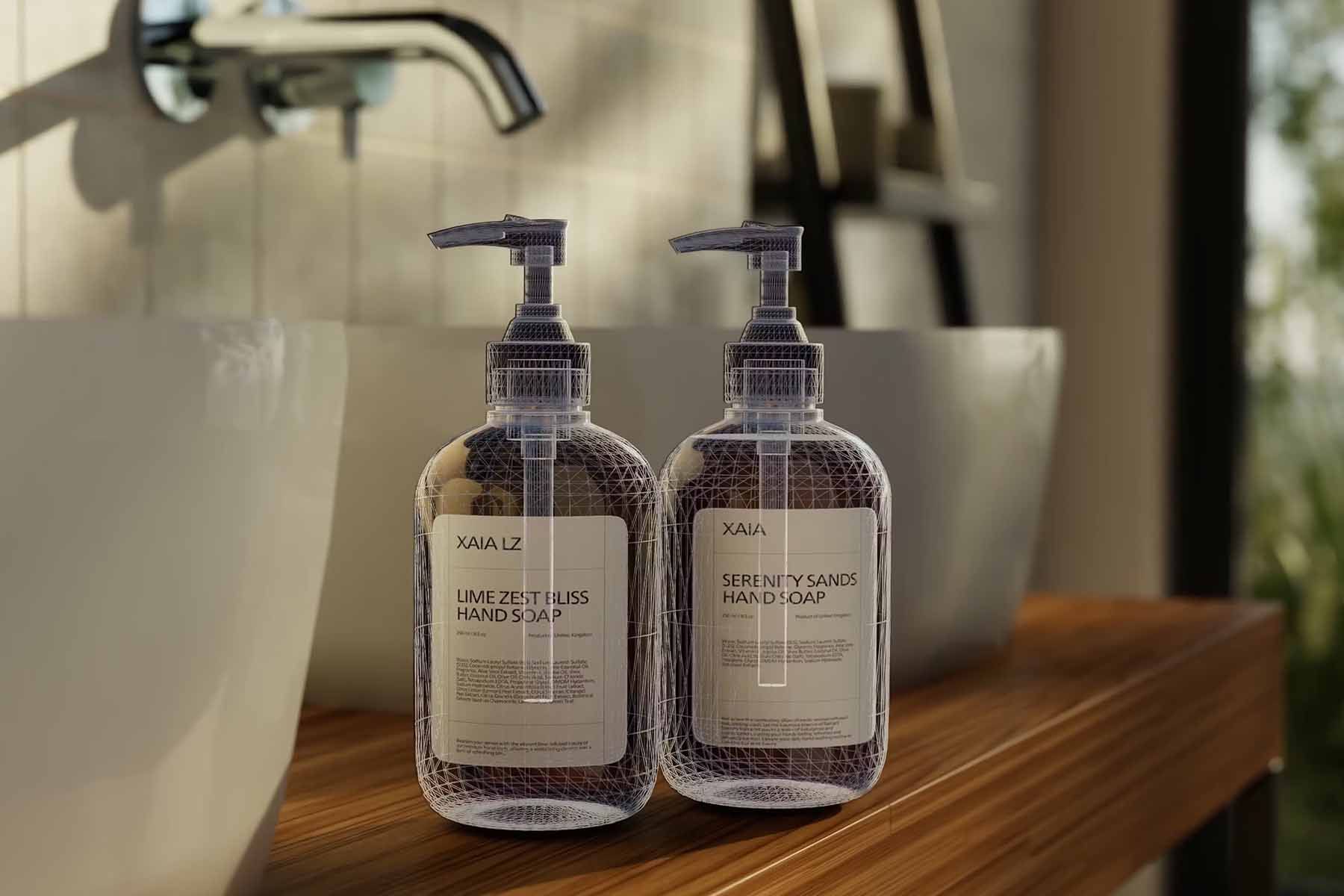
In conversation: Valerie Madon and Pooja Jauhari
The intersection of creativity and technology and “putting the Disney back into Silicon Valley”
Show this article in Chinese, French, Portuguese (BR), Spanish
To coincide with International Women’s Day, WPP brings together 16 brilliant women and men from across its global network, in eight conversations about the industry, equality and the impact of our work on wider society.
Pooja Jauhari, The Glitch’s CEO, and Valerie Madon, Chief Creative Officer at VMLY&R Singapore, discuss the intersection of creativity and technology, success and the importance of hiring blind.
Valerie Madon: Firstly, as you’re a CEO, I was curious to hear about what you consider as success.
Pooja Jauhari: When I think about success, it’s about being happy as well as mentally and physically healthy.
How about you?
VM: I think happy is the key word. For some people, it’s titles and money that bring them happiness and that represent success for them. But for me, it’s about building meaningful relationships with my clients and creating work that I’m proud of. That’s what makes me happy. I think success is inextricably linked to how happy you are.
PJ: I am a true believer that a happy workforce is a productive workforce.
Disney still appeals to people without tech. I believe, and I always say to my team, that we should be like Disney; be like the Disney that needs to wrap itself around Silicon Valley, because Silicon Valley can lack that human touch. We need to bring that magic factor into our clients’ work
We’ve worked hard on building a company culture where people feel safe and where they feel comfortable. The more comfortable we make people feel, the happier they are, the freer they feel and the more excited they’ll be to come and share the next day with you.
We're a completely blind organisation; our hiring is blind, our appraisals are blind, we have people from all sexual orientations in our company and we have people with disabilities. All of that has helped us, and that's something that we’ve achieved over a period of time. Not consciously, it’s just happened because we always went looking for the right person.
VM: That’s amazing. It’s so important to have a workforce that reflects our diverse society.
How would you describe the current creative and tech landscape in India?
PJ: For us, technology is a creative director's best friend. Firstly, the constant inflow of data and information that we have on hand and that is so easily accessible makes creative thinking easier. Secondly, the kind of tech that’s available to use – in design, video production or on the ground at events – to bring our ideas to life is growing. It’s completely changed how we create, what we create and how we consume.
Tech is ever changing, ever evolving. You've got to have a mindset that can constantly adapt. I remind my team that as you grow older, your ability to adapt changes; you're not able to do it at the speed that you used to. So, at The Glitch I have a nineteen-year-old mentor, ensuring that I’m up to speed with everything that's happening on every platform.
We're a completely blind organisation; our hiring is blind, our appraisals are blind, we have people from all sexual orientations in our company and we have people with disabilities. All of that has helped us
What about for you? How does technology impact – or how has it impacted – your role and your day-to-day routine?
VM: There are campaigns where we see creativity and tech working harmoniously. The most successful campaigns look at what motivates and matters to consumers, as well as how best to emotionally connect with them. Then you power that idea with tech. I think the creative thinking layer on top is so essential, because at the end of the day that's what differentiates us as an industry and elevates brands above competitors.
I always use the example of Disney: Disney still appeals to people without tech. I believe, and I always say to my team, that we should be like Disney; be like the Disney that needs to wrap itself around Silicon Valley, because Silicon Valley can lack that human touch. We need to bring that magic factor into our clients’ work. Let's put the Disney back into Silicon Valley.
International Woman's Day is important because...
PJ: … it is important for women and people of all genders to have an equal space in the world. And if that comes with one day of celebration and it dials up the conversation to the volume that it deserves, then it's still important.
VM: … it's a platform for women who have succeeded to come forward and share their experiences so that others can see that it is possible.
Read more from our #EachforEqual in conversation series
published on
07 March 2020
Category
More in Technology & data

How to build your brand in-game
A new research report from WPP and SuperAwesome

WPP puts itself at the heart of collaborative 3D worlds
Pixar's 3D animation file format – USD – is the invisible building block of our digital 3D future.

A clarion call for AI, accessibility & advertising
Innovating at the intersection of AI, accessibility, and advertising

